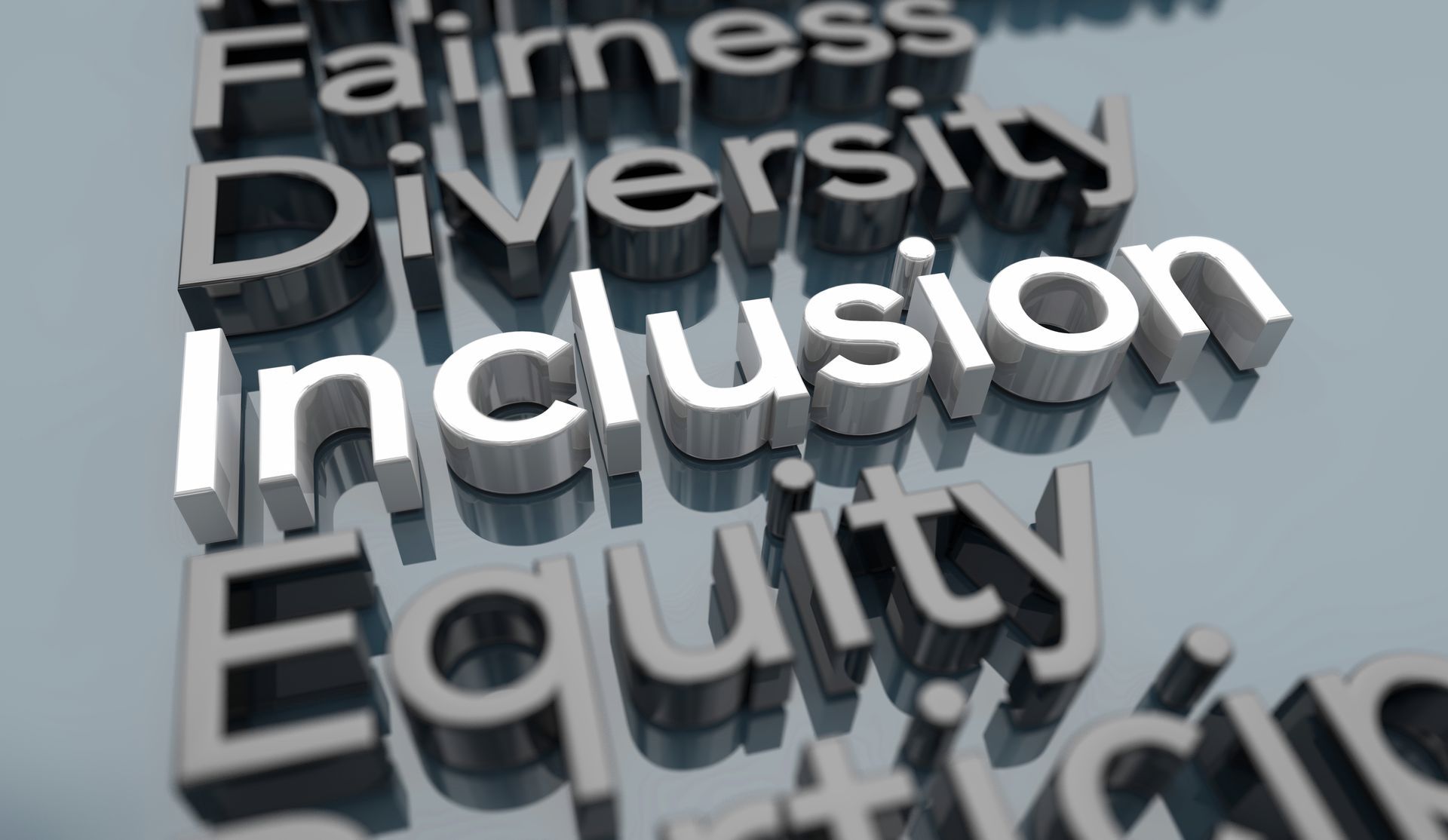HUMAN CAPITAL CENTER
SEE
Nurturing Potential, Maximizing Success
Future Proofing People Managament:
Innovative Solutions and Partnerships

As businesses evolve, so do their workforces. The arrival of Generation Z—those born between 1997 and 2012—is reshaping workplace dynamics. To remain competitive and innovative, organizations must understand how to effectively engage this generation and harness their unique strengths. Why Focus on Gen Z? Gen Z is the fastest-growing segment of the workforce. By 2030, they will make up nearly 30% of all employees worldwide. Understanding their values, preferences, and expectations is essential for: Attracting top talent: Gen Z prioritizes purpose-driven work and meaningful contributions over traditional perks. Boosting retention: Employers must foster an environment where Gen Z feels valued and empowered. Driving innovation: Gen Z brings fresh perspectives and digital expertise that can transform organizational practices. Challenges in Engaging Gen Z Despite their potential, managing Gen Z presents unique challenges: Communication gaps: Gen Z prefers digital communication over face-to-face interactions, which can clash with older generations’ preferences. High expectations: They demand transparency, continuous feedback, and career growth opportunities. Low tolerance for bureaucracy: Gen Z values efficiency and often rejects rigid corporate hierarchies. To address these challenges, organizations need practical solutions that cater to Gen Z’s distinct needs while fostering harmony among all generations. Understanding Gen Z: The Game-Changer in the Workforce Gen Z brings a fresh perspective to the workplace, characterized by their digital fluency, adaptability, and strong sense of purpose. They grew up in an era defined by rapid technological advancements, global connectivity, and pressing social challenges. As a result, they value authenticity, inclusivity, and opportunities to make meaningful contributions. Key traits of Gen Z include: Tech-Savvy: Raised with smartphones and social media, they excel in leveraging digital tools for efficiency and innovation. Purpose-Driven: They seek employers whose values align with their own and prioritize social responsibility. Feedback-Oriented: Frequent and constructive feedback motivates them and fosters growth. Independent Learners: They thrive in environments that offer opportunities for self-directed learning and development. Challenges of Integrating Gen Z into Multigenerational Workforces While their strengths are undeniable, integrating Gen Z into the workplace can present unique challenges: Communication Styles: Gen Z’s preference for digital communication can sometimes clash with older generations’ reliance on face-to-face interactions. High Expectations: They demand transparency, flexibility, and opportunities for growth, which may challenge traditional workplace structures. Work-Life Integration: Unlike the clear boundaries preferred by previous generations, Gen Z seeks a seamless blend of professional and personal lives. Practical Strategies for Engaging Gen Z Organizations that adapt their practices to meet Gen Z’s needs can unlock their full potential. Here are actionable strategies: 1. Modernize Recruitment and Onboarding Use social media and interactive platforms to attract talent. Craft job descriptions that emphasize purpose, growth opportunities, and impact. Provide personalized onboarding experiences to foster early engagement. 2. Foster Continuous Learning and Growth Offer access to online courses, certifications, and skill-building workshops. Create clear career progression pathways. Encourage mentorship programs to bridge generational knowledge gaps. 3. Promote a Culture of Inclusivity and Purpose Highlight your organization’s social and environmental initiatives. Celebrate diversity and ensure representation in leadership roles. Engage employees in decision-making processes to build trust and loyalty. 4. Enhance Communication and Feedback Mechanisms Implement real-time feedback tools and regular check-ins. Train managers to provide constructive and empathetic feedback. Utilize collaboration platforms to streamline communication. 5. Redesign Performance Management Focus on strengths-based assessments rather than rigid metrics. Integrate peer-to-peer recognition systems. Encourage goal-setting that aligns with both organizational objectives and personal aspirations. Building Bridges Between Generations Creating a cohesive multigenerational workforce requires mutual understanding and empathy. Employers can: Facilitate Cross-Generational Collaboration: Pair employees from different generations on projects to encourage knowledge sharing. Host Generational Workshops: Organize sessions to discuss generational differences and foster mutual respect. Promote Storytelling: Encourage employees to share personal experiences to build connections and reduce biases. The Business Case for Engaging Gen Z Investing in strategies to engage Gen Z isn’t just about meeting their needs; it’s about positioning your organization for long-term success. Gen Z’s adaptability and innovation can drive: Increased digital transformation. Enhanced workplace creativity and collaboration. Stronger alignment with future market trends. Organizations that embrace generational diversity will not only attract top talent but also build resilient and forward-thinking teams. Ready to take the next step? Apply for our specialized training program on engaging Gen Z to equip your HR team with actionable tools and insights to succeed in today’s dynamic workforce.

Amidst the diverse mosaic of humanity, each thread represents a unique story, a distinct identity, and a singular purpose. As we navigate the complexities of belonging, diversity, inclusion, equity, and identity, we unearth the profound significance of embracing our shared humanity. This blog explores the interconnected narratives that shape our collective journey and the pivotal role they play in realizing our full potential and living our purpose as human beings. Belonging: The Foundation of Human Connection Belonging is the cornerstone of our shared experience. It transcends differences and unites us in our common humanity. When individuals feel a sense of belonging, they bring their authentic selves to the forefront, fostering an environment where diversity is celebrated. Strategy: Leadership as Role Models: Train leaders to cultivate belonging by demonstrating empathy and inclusive communication. Peer Support Networks: Establish employee resource groups (ERGs) to create safe spaces for dialogue, connection, and mutual support. Methodology: Conduct anonymous belonging surveys to measure the level of inclusion and identify areas for improvement. Host regular "Belonging Circles" where employees can share experiences and solutions in a supportive environment. Inclusion: Nurturing a Culture of Genuine Equality Inclusion ensures everyone feels valued and heard. It goes beyond tolerance to foster equality, ensuring each individual actively contributes to the shared narrative. Strategy: Inclusive Policies: Develop policies that actively address bias, such as inclusive hiring practices and anti-discrimination frameworks. Diverse Decision-Making Teams: Include diverse voices in leadership and strategic decision-making to ensure representation. Methodology: Implement training programs on unconscious bias and cultural competence. Use inclusive design in communication and workspace setups (e.g., accessible tools, gender-neutral restrooms). Diversity: A Mosaic of Strengths and Perspectives Diversity is the tapestry of strengths, perspectives, and experiences that enhance the human experience. By celebrating diversity, we unlock the full potential of collective intelligence. Strategy: Diversity Metrics: Track diversity data at every organizational level to understand representation gaps. Community Partnerships: Collaborate with organizations that support underrepresented groups to create a diverse talent pipeline. Methodology: Host cultural awareness events to celebrate and educate about different traditions, holidays, and histories. Use AI tools to review job descriptions and performance evaluations for potential bias. Equity: Bridging the Gaps in Opportunity Equity acknowledges that fairness is not a one-size-fits-all concept. It involves addressing systemic barriers to create equal opportunities. Strategy: Equitable Access Programs: Provide mentorship and sponsorship programs for underrepresented employees. Transparent Pay Structures: Conduct regular pay equity analyses to address wage gaps. Methodology: Develop customized development plans based on individual employee needs. Offer flexible work arrangements to accommodate diverse life circumstances. Identity: The Intersection of Self and Society Identity encompasses the characteristics and experiences that define us. Recognizing diverse identities is essential for fostering an inclusive culture. Strategy: Personalized Onboarding: Ensure new hires feel seen and valued by tailoring onboarding processes to acknowledge individual identities. Identity Awareness Campaigns: Educate the workforce on intersectionality and its impact on workplace dynamics. Methodology: Create an internal storytelling platform where employees can share their journeys. Incorporate identity-awareness modules into leadership training. Living Our Purpose: Unleashing Human Potential When we create environments that honor belonging, diversity, inclusion, equity, and identity, we unlock the full spectrum of human potential. Individuals can live their purpose authentically and contribute their unique gifts to the collective journey. Strategy: Purpose-Driven Leadership: Encourage leaders to align organizational goals with individual purpose. Recognition Programs: Celebrate employees who embody DEI principles in their roles. Methodology: Align performance reviews with DEI contributions to embed these values into the culture. Facilitate workshops on discovering and leveraging personal purpose within professional roles. A Call to Collective Action In weaving together the threads of belonging, diversity, inclusion, equity, and identity, we create a tapestry that reflects the beauty of our shared humanity. The call to action is for each of us—leaders, organizations, and individuals—to actively participate in this transformative journey. By embracing these strategies and methodologies, we pave the way for a future where every story matters, and every voice contributes to the greater narrative of humanity. Let us lead with purpose, work with intention, and celebrate the extraordinary potential within us all. 🌍✨









